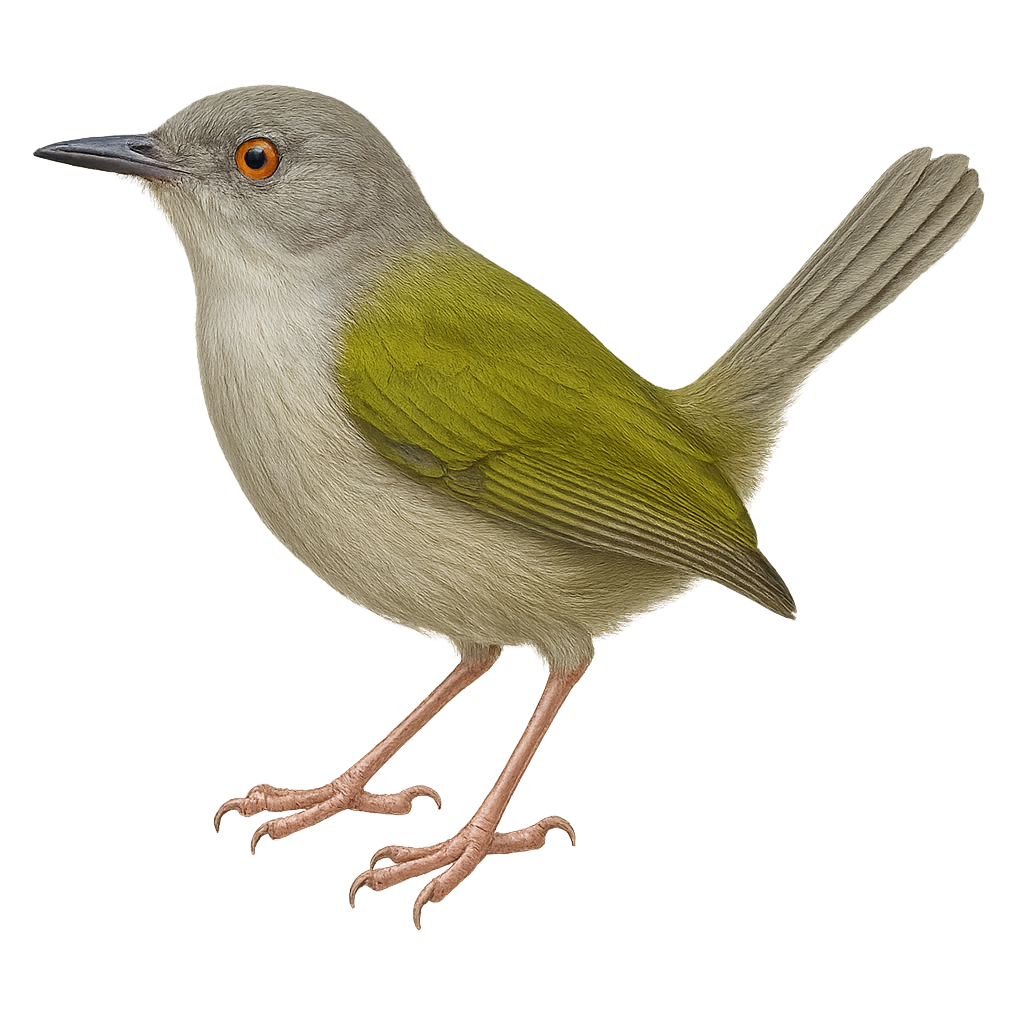Your wildlife photography guide.
Explore the hartert's camaroptera in detail, study its behavior, prepare your shots.
Where to observe and photograph the hartert's camaroptera in the wild
Learn where and when to spot the hartert's camaroptera in the wild, how to identify the species based on distinctive features, and what natural environments it inhabits. The WildlifePhotographer app offers tailored photography tips that reflect the hartert's camaroptera’s behavior, helping you capture better wildlife images. Explore the full species profile for key information including description, habitat, active periods, and approach techniques.
Hartert's Camaroptera
Scientific name: Camaroptera harterti

IUCN Status: Least Concern
Family: CISTICOLIDAE
Group: Birds
Sensitivity to human approach: Suspicious
Minimum approach distance: 5 m
Courtship display: September to October
Incubation: 13-15 jours
Hatchings: September to October
Habitat:
Dense undergrowth, secondary forests, thickets
Activity period :
Primarily active during the day, with peak activity in the morning and late afternoon.
Identification and description:
The Hartert's Camaroptera is a small passerine bird belonging to the Cisticolidae family, predominantly found in sub-Saharan Africa. It is characterized by its olive-green back and pale grey underparts, with a short, often cocked tail. Known for its melodious and complex song, this bird is often heard before it is seen. It primarily inhabits dense undergrowth, secondary forests, and thickets. Its ability to blend into its surroundings makes it challenging to spot. The camaroptera is a territorial bird, often living in pairs or small family groups. It feeds mainly on insects and small invertebrates, which it captures by foraging through dense foliage.
Recommended lens:
400mm – adjust based on distance, desired framing (portrait or habitat), and approach conditions.
Photography tips:
To photograph the Hartert's Camaroptera, it is advisable to use a 400mm lens or longer to capture detailed images without disturbing the bird. Look for areas with dense undergrowth where these birds are likely to hide. Be patient and listen for their distinctive song to locate their position. Use a tripod to stabilize your camera, especially in low-light conditions under the canopy. Try to capture moments when the bird is active, such as when it is foraging or interacting with its peers.
The WildlifePhotographer App is coming soon!
Be the first to explore the best nature spots, track rutting seasons, log your observations, and observe more wildlife.
Already 1 439 wildlife lovers subscribed worldwide

